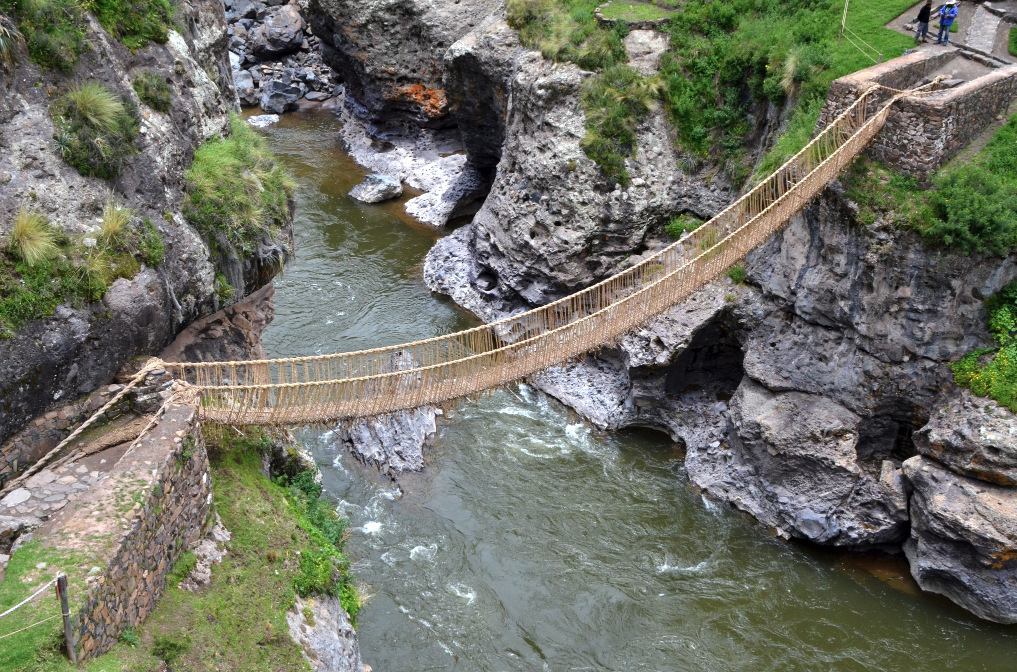A Legendary Bird Across Cultures
The Phoenix is one of the most enduring symbols of rebirth and renewal in world mythology. Its earliest origins can be traced to Ancient Egypt, where it represented the sun and cycles of life and death. The legend traveled across cultures, appearing in Greek, Roman, Chinese, and Middle Eastern traditions, often retaining its core symbolism of regeneration.
The Cycle of Life and Death
According to myth, the Phoenix lives for hundreds of years before bursting into flames at the end of its life. From its ashes, a new Phoenix emerges, fully alive and renewed. This dramatic cycle symbolizes transformation, immortality, and the enduring nature of life itself.
Symbolism and Influence
Beyond its mythological roots, the Phoenix has inspired art, literature, and religion throughout history. It represents hope, resilience, and the ability to overcome destruction or adversity. In alchemical traditions, the Phoenix is often associated with spiritual renewal and the pursuit of wisdom.
Modern Connections
The legend continues to capture imaginations today, appearing in novels, films, and popular culture as a metaphor for personal growth, recovery, and new beginnings. Across civilizations and centuries, the Phoenix remains a powerful reminder of life’s cycles and the potential for renewal in even the most challenging circumstances.







